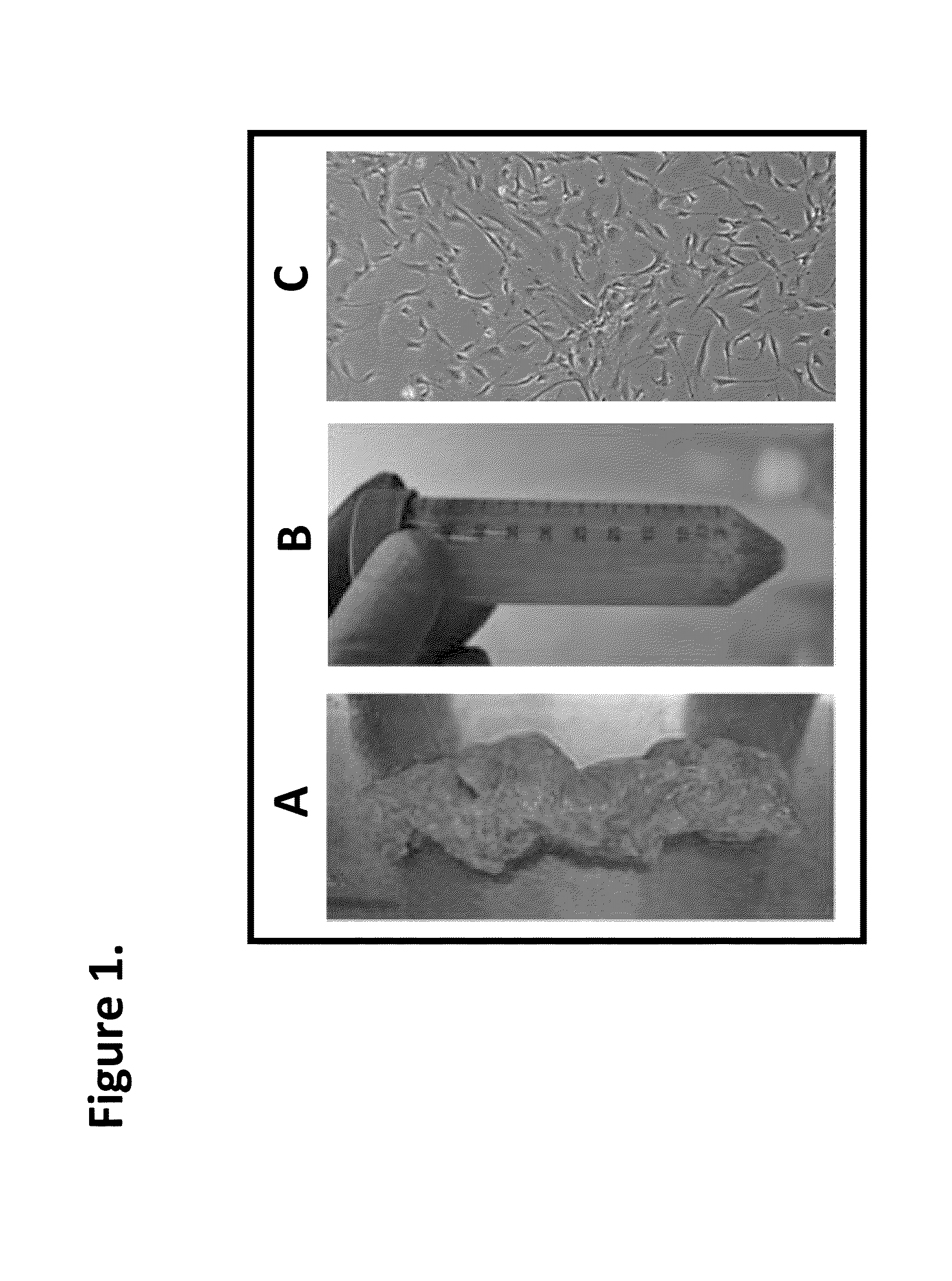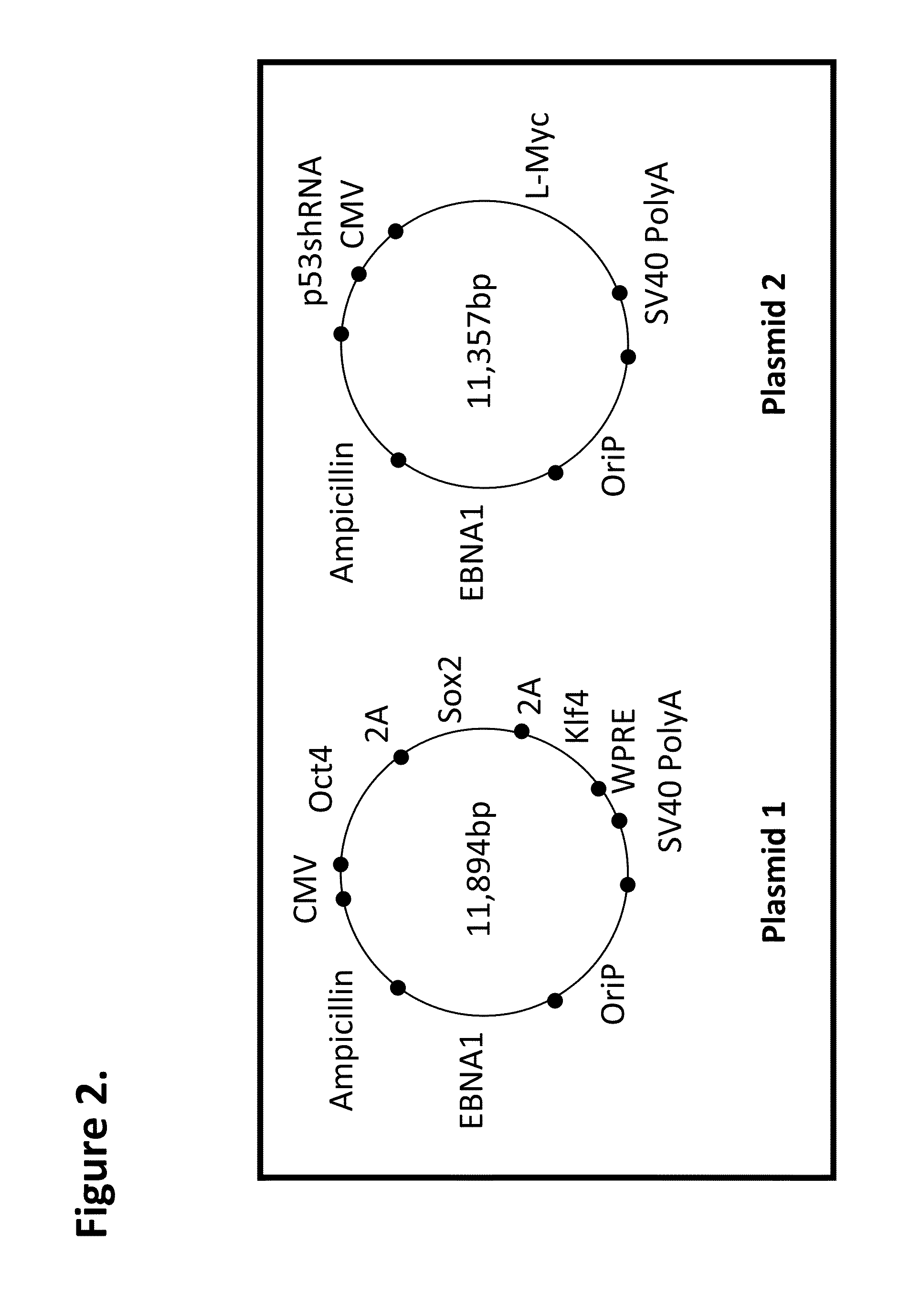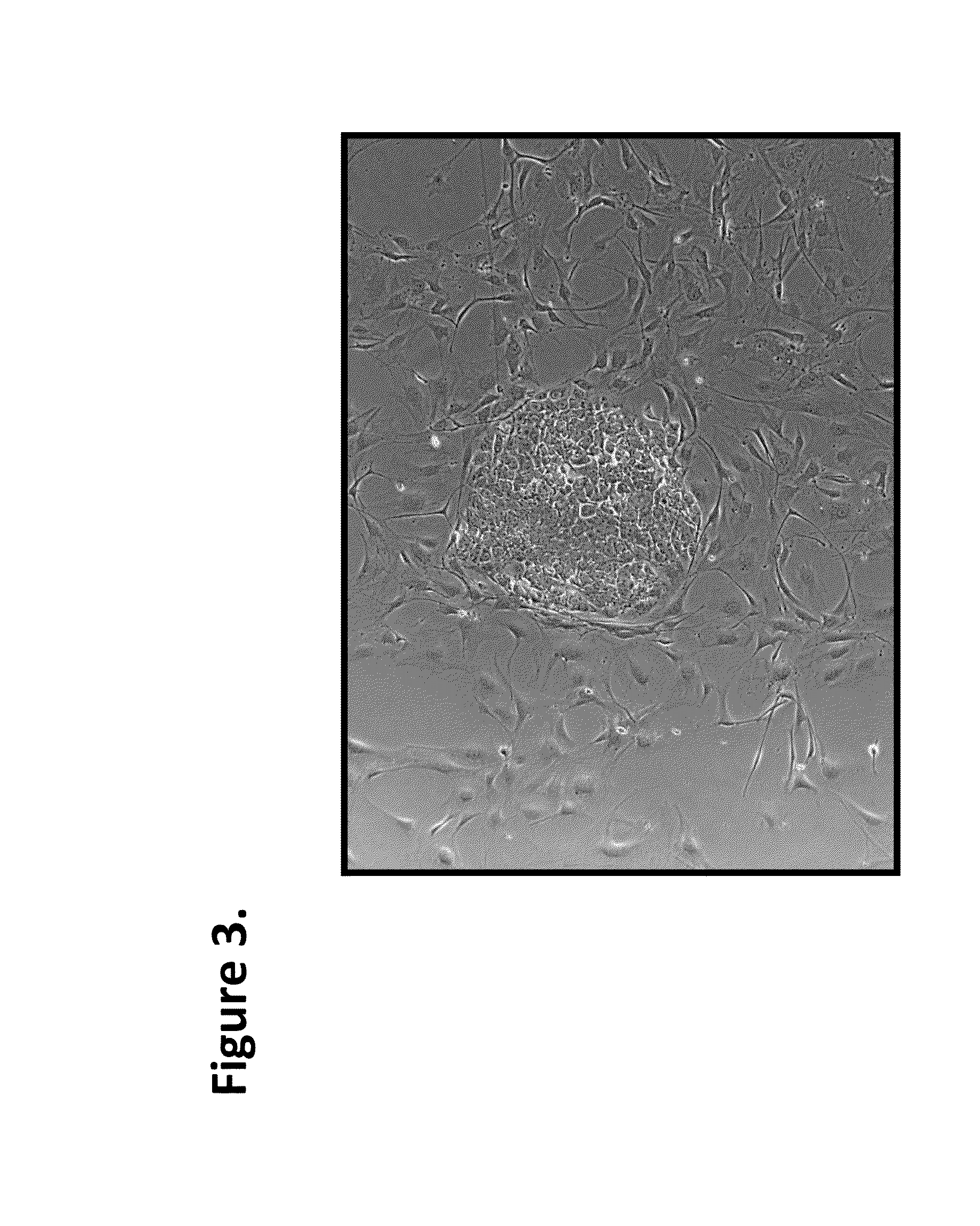Stem cells and pancreatic cells useful for the treatment of insulin-dependent diabetes mellitus
a technology of stem cells and pancreatic cells, which is applied in the direction of skeletal/connective tissue cells, drug compositions, metabolic disorders, etc., can solve the problems that the current techniques for creating pancreatic cells do not yield effective surrogate pancreatic cells, and achieve the effect of safety and effectiveness of the cells employed
- Summary
- Abstract
- Description
- Claims
- Application Information
AI Technical Summary
Benefits of technology
Problems solved by technology
Method used
Image
Examples
Embodiment Construction
A. Inventive Approach to Supplying Pharmaceutical-Grade Surrogate Pancreatic Cells
[0041]Among the diversity of cells present within the adult pancreas, a subpopulation of cells has been discovered that can be exploited for the derivation of a therapeutic cell, as described above. These cells are not pancreatic stem cells or progenitor cells, but rather are members of a mature cell population of diverse genetic composition that harbor a specific genetic character rendering them amenable to the manipulations described in detail below. Accordingly, a key aspect of the invention is the harvesting of cells from an adult organ such that a diverse population is maintained, including the subpopulation identified by the present inventor. See Example 1, below.
[0042]Another important aspect of the invention is the reprogramming to a stem cell state of the above-mentioned diverse population, each cell of which can be expanded for analysis and selection (see Examples 2 and 3). The reprogramming ...
PUM
| Property | Measurement | Unit |
|---|---|---|
| diameter | aaaaa | aaaaa |
| pH | aaaaa | aaaaa |
| stem cell morphology | aaaaa | aaaaa |
Abstract
Description
Claims
Application Information
 Login to View More
Login to View More - R&D
- Intellectual Property
- Life Sciences
- Materials
- Tech Scout
- Unparalleled Data Quality
- Higher Quality Content
- 60% Fewer Hallucinations
Browse by: Latest US Patents, China's latest patents, Technical Efficacy Thesaurus, Application Domain, Technology Topic, Popular Technical Reports.
© 2025 PatSnap. All rights reserved.Legal|Privacy policy|Modern Slavery Act Transparency Statement|Sitemap|About US| Contact US: help@patsnap.com



